SwiftStart launched Fomin during the height of the pandemic. The brand is now expanding its product lines after tripling revenue.
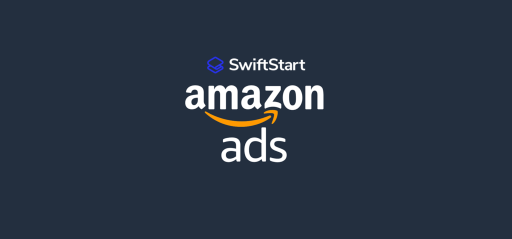
Are you looking for ways to make extra income and achieve financial stability without existing capital? Setting up an Amazon business can be a great way to do this. Although it initially seems intimidating, especially for beginners, Amazon has made it possible to become a seller without investing too much money. In this comprehensive guide, we’ll show you how to sell on Amazon without inventory so that you can start your own profitable business without risking your own capital. Learn the different business models available and discover how to get started today!
In this comprehensive guide, we will discuss the following:
The Different Business Models Available to Sell on Amazon Without Inventory
How to Sell on Amazon Without Inventory
Tips for Succeeding as an Amazon Seller Without Inventory
Conclusion
So, keep reading to find out how to set up and run a successful business on Amazon without inventory. Ready to get started? Let’s dive in!
When you enter the world of online selling, one of the key decisions that have to be made is how to manage your inventory. For those who want to take the hassle out of storage and shipping, there are three main options:
FBA is the preferred shipping option for many third-party Amazon sellers because it eliminates the need for packaging, storing, and shipping products individually. Once a seller has their stock ready to go, all they have to do is ship it to the closest fulfillment center. Amazon then takes over picking, packaging, storing the goods in their warehouses and delivering them to customers’ addresses.
The main advantage of using FBA is the convenience and efficiency it offers. Amazon can provide faster delivery times than most sellers are able to on their own, resulting in higher customer satisfaction and more sales. FBA also provides access to Amazon Prime customers, who are more likely to buy from sellers who offer FBA. Finally, Amazon handles returns and customer service for FBA sellers, saving them time and money.
However, the convenience of outsourcing logistics to Amazon does come with an additional cost. FBA fees vary according to product weight and size, making heavier and bigger items more expensive to ship. Despite the extra fees, many Amazon store owners choose FBA because of its benefits.
DropShipping is another popular business model for selling on Amazon without inventory. This type of business involves an online store that purchases products directly from a wholesaler or manufacturer and ships them to the customer. All of this is done without having to store the products in a warehouse or ship the items yourself. This business model allows sellers to keep their costs low, as they don’t have to invest in storage or shipping.
However, dropshipping can be difficult to get right. You need to find a reliable supplier or manufacturer who can provide good quality products at a competitive price. You also need to find a supplier who can handle customer service and manage refunds or exchanges. If you’re not careful, you might end up with unhappy customers and negatively impact your business.
Private labeling is another common business model for selling on Amazon without inventory. In this case, you purchase products from a supplier and then sell them under your own brand. This means that the product is being sold as if it were yours, although it is actually made by a third party. Private labeling allows you to differentiate your product from other sellers and create your own brand identity.
However, private labeling is not suitable for everyone. It requires a significant upfront investment as well as a long-term commitment, so it’s best suited for those who can commit to a high-volume approach and have the resources for it.
Looking for a free Amazon account audit? Let our Amazon gurus assist you in achieving your business goals.
Now that you know the main business models for selling on Amazon without inventory, let’s dive into how you can get started. Here are the steps to follow:
The first step is to pick a niche. You need to choose something that you’re knowledgeable about and has enough demand to make it worthwhile. Once you’ve chosen a niche, you can start researching products that fit into it.
Your next step is to find a supplier. You can search for suppliers on sites like Alibaba or contact manufacturers directly. Once you’ve found a supplier, check their reviews, and ask for samples of the products you’re interested in.
The next step is to set up your Amazon account and create a Seller Central page. This is where you will list your products and manage your orders. Make sure to read through the Terms of Service carefully, as this document outlines the rules you must follow to be successful on Amazon.
Once you’ve set up your account and listed your products, you need to optimize your listings. This includes creating high-quality product descriptions and images, as well as using keywords to help customers find your products. You should also research pricing to make sure you’re offering competitive prices.
At SwiftStart, we offer a free 1-1 Amazon account audit that will help you understand where you stand and what needs to be done to increase your sales.
Now that you’ve set up your Amazon account and listed your products, it’s time to focus on growing your business. Here are some tips to help you succeed as an Amazon seller without inventory:
Advertising is one of the best ways to get your products seen by potential customers. Investing in paid ads on Amazon can help you reach a wider audience and drive more sales.
Another key to success is building relationships with your customers. Make sure you’re responding to their questions and offering excellent customer service. This will help you build loyalty and encourage them to buy from you again in the future.
Finally, it’s important to monitor your performance. Check your metrics regularly and adjust your strategy based on the data you’re seeing. This will ensure that you’re always optimizing your listings and staying ahead of the competition.
Check out our article on the importance of brand awareness through Amazon advertising for more tips.
Selling on Amazon without inventory is a great way to start an eCommerce business. You can build a successful business and generate sales with the right strategies and techniques. Start by choosing your niche, finding a supplier, setting up your Amazon account, and optimizing your listings. Then use advertising, customer relationships, and analytics to grow your business. You can succeed as an Amazon seller without inventory with dedication and hard work.
Book your free Amazon consultation call right away!
SwiftStart
We hope now you have a better idea of how to sell products on amazon without inventory. Get in touch with one of our Amazon experts If you have any questions or need help getting started. Check out our Amazon podcast to get exclusive insights and tips on selling on Amazon. Good luck!
Have you ever sold on Amazon without inventory? What strategies have worked best for you? Let us know in the comments! For more information, you can also check out our top-ranking article What You Need to Know Before Selling on Amazon. Thanks for reading!
If you find this article helpful then join our social footprint for more Amazon insights and growth hacks. Become a part of our Amazon Facebook community group to stay updated with the latest Amazon news, tips, and tricks. Follow us on LinkedIn for expert guides and Amazon growth strategies. Experts at our Amazon growth agency are always available to answer any questions and provide personalized support. Check out our SwiftStartUP Amazon podcast for exclusive insights from experts and success stories from top Amazon sellers. Don't forget to claim your free Amazon account audit right now!
There are several ways to make money on Amazon without having products. One of the most popular is by joining Amazon's associate program, which allows you to earn an affiliate commission whenever someone purchases from one of your links.
Yes, there are a number of different ways to make money on Amazon without having products or inventory. Some common methods include joining the Amazon Associates program, using third-party fulfillment services such as FBA or Merch by Amazon, and participating in marketplaces like eBay or Etsy.
You can use several different tools and techniques to find products to sell on Amazon. Some popular methods include using product research tools, performing keyword searches, using Pinterest, checking the Amazon best sellers page, and looking at other marketplaces like eBay or Etsy.
The costs of becoming an Amazon reseller will depend on your plan. The Individual plan costs $0.99 for every item sold, while the Professional plan costs $39.99 per month regardless of how many products you sell. Both plans also charge a referral fee on each sale, which varies by product category.
Are you looking to start your own e-commerce business but don't know where to begin? Amazon FBA Private Label may just be the answer you're looking for. With over 300 million active customers and a 45% share of the U.S. e-commerce market, Amazon is the largest online retailer in the world. And with Amazon FBA […]
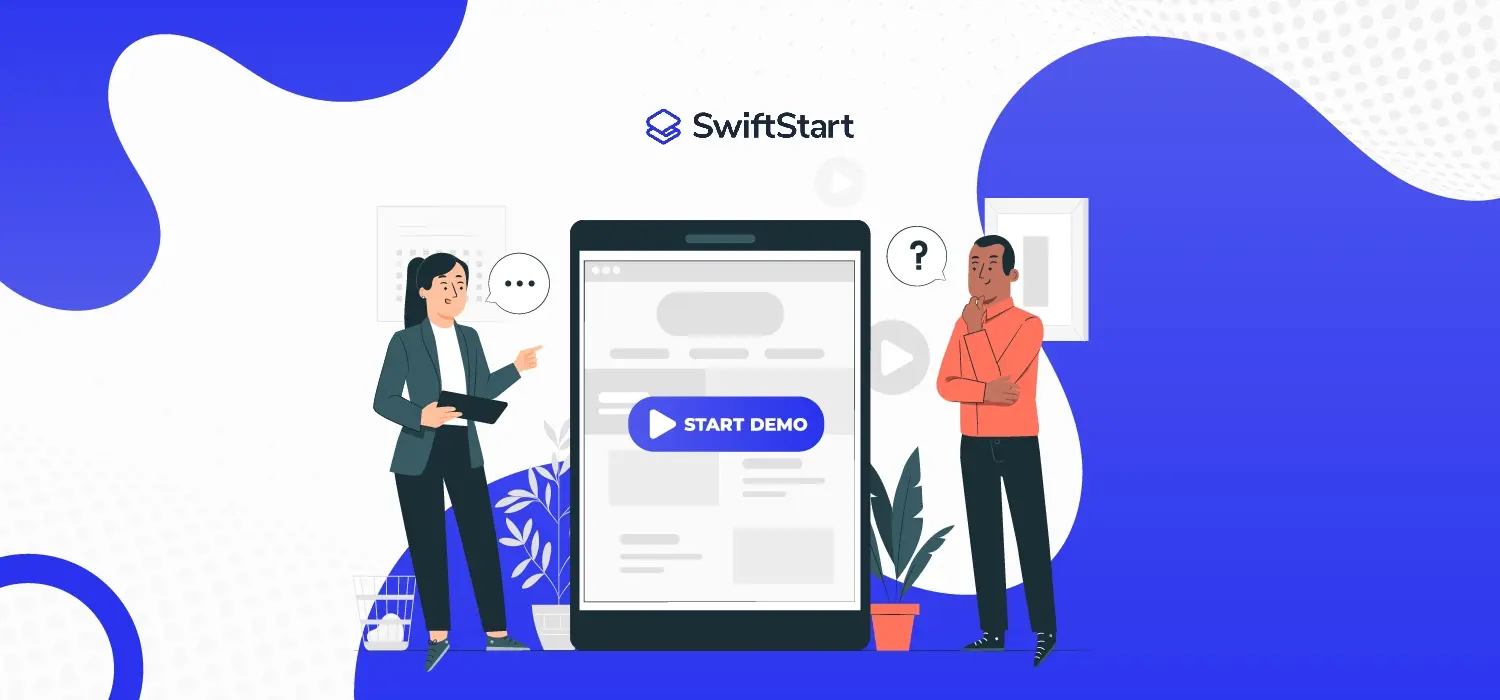)
Are you ready to maximize your Amazon presence? In today's competitive e-commerce landscape, navigating the labyrinth of regulations, logistics, and marketing that goes into establishing a successful business on Amazon can be daunting. To help you get started, we've compiled a detailed guide to amazon retail readiness below. From optimizing your product pages to scaling […]
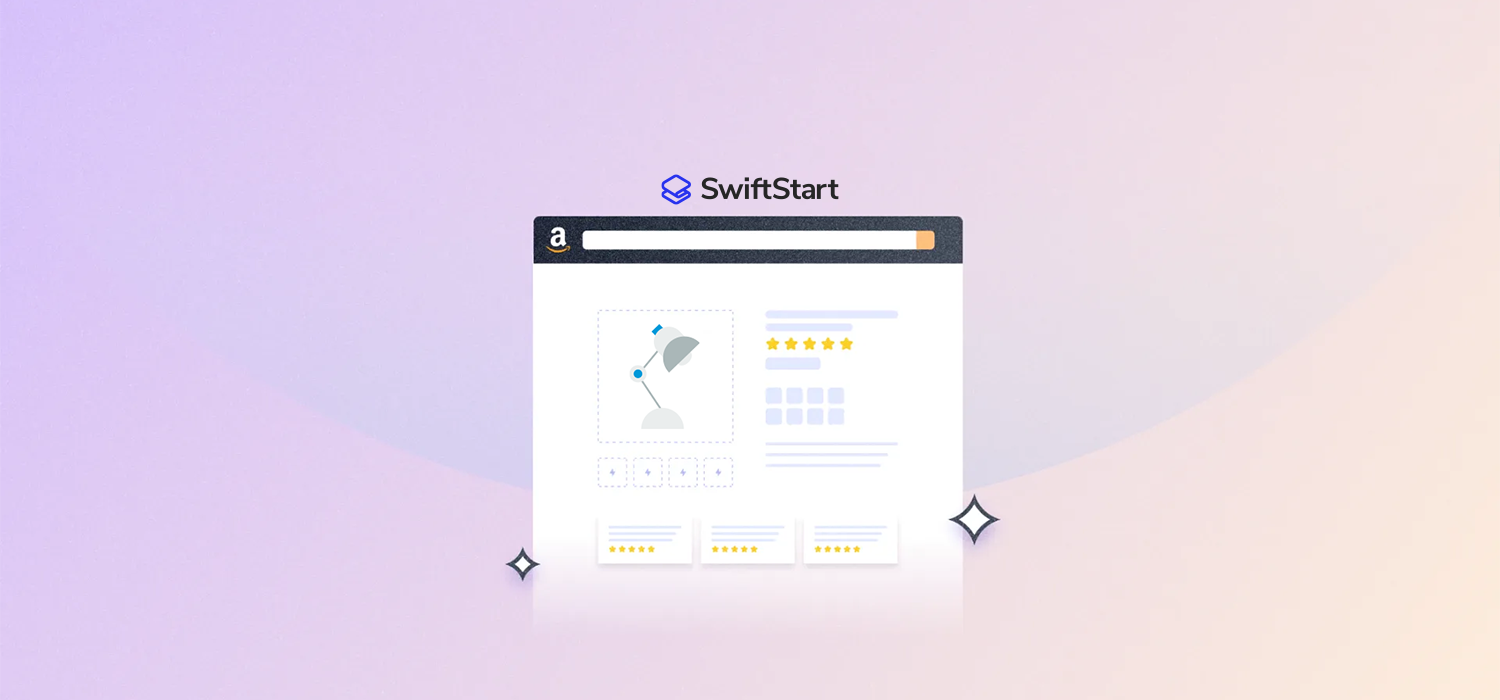)
Selling on Amazon can be a lucrative business venture, but it is not without its share of challenges. One particularly difficult issue that Amazon sellers like you face is managing returns. In this comprehensive guide, we will talk about returns, preventive measures you can take to reduce the number of returns you receive, and the […]
)
What Is Amazon PPC Management? To thrive on Amazon, it's essential to go beyond relying solely on an organic search engine optimization strategy. Therefore, an Amazon PPC advertising agency is crucial to maintaining a competitive edge. Highlights Why We Wrote This? This content educates businesses, especially Amazon sellers, on the significance of employing an Amazon […]
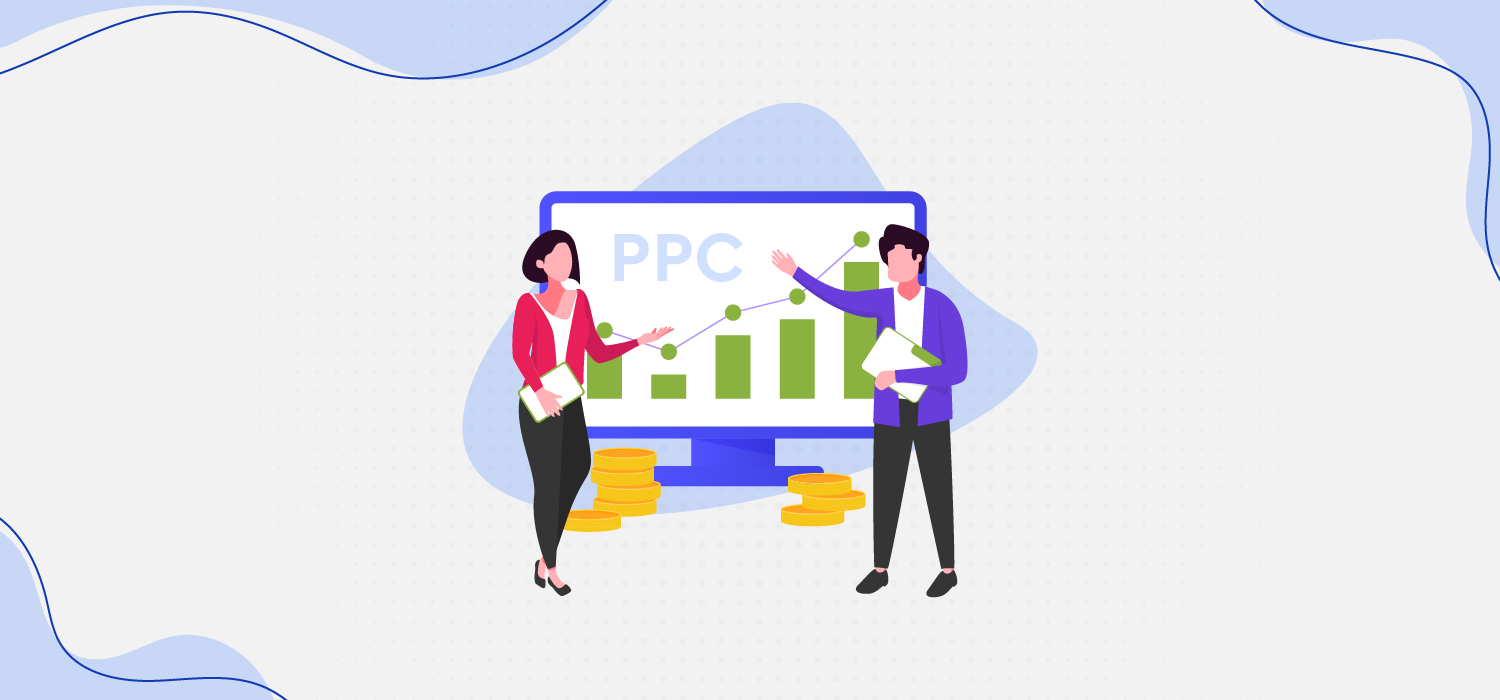)
Most brands that sell products on Amazon have probably heard of the importance of providing an inclusive shopping experience to increase their sales. By taking steps to make your shop more accessible to all customers, you can tap into a larger market and boost your bottom line. But what does Inclusive Shopping Experience mean, exactly? […]
)
Do you want to skyrocket your profits on Amazon this year? Selling on Amazon offers an incredible opportunity to reach a global audience and maximize your earnings. According to Statista's report, over 60% of the total sales on Amazon were orchestrated by independent third-party sellers. This group of sellers contributed a substantial $4.1 billion in […]
)
If you're launching a product on Amazon, there's one thing that should be on top of your priority list: Amazon listing optimization. After all, it's the first thing potential customers will see, and how well you optimize your listing can make or break a sale. But with Amazon constantly changing its algorithm, it can take […]
)
Amazon is one of the world's largest and most successful eCommerce platforms, with millions of products sold daily. As a result, competition among Amazon sellers is fierce, and many use off-channel traffic sources such as paid search, social media, and email marketing to drive traffic to their product listings. However, until recently, there was no […]
)
STREAMLINING BUSINESS PROCESSES As a small business owner, you want to make sure that your processes are scalable. This means they can handle an increase in traffic and sales without stressing out the system or compromising customer satisfaction. The best way I've found how scale-up processes within any company was by looking at what worked […]
)
With around 500 billion USD in gross sales, Amazon is among the most successful and profitable eCommerce platforms available today. It has become a popular way to start and grow an online business, allowing entrepreneurs to utilize a platform that has already been proven to provide consistent sales. You have two main options when selling […]
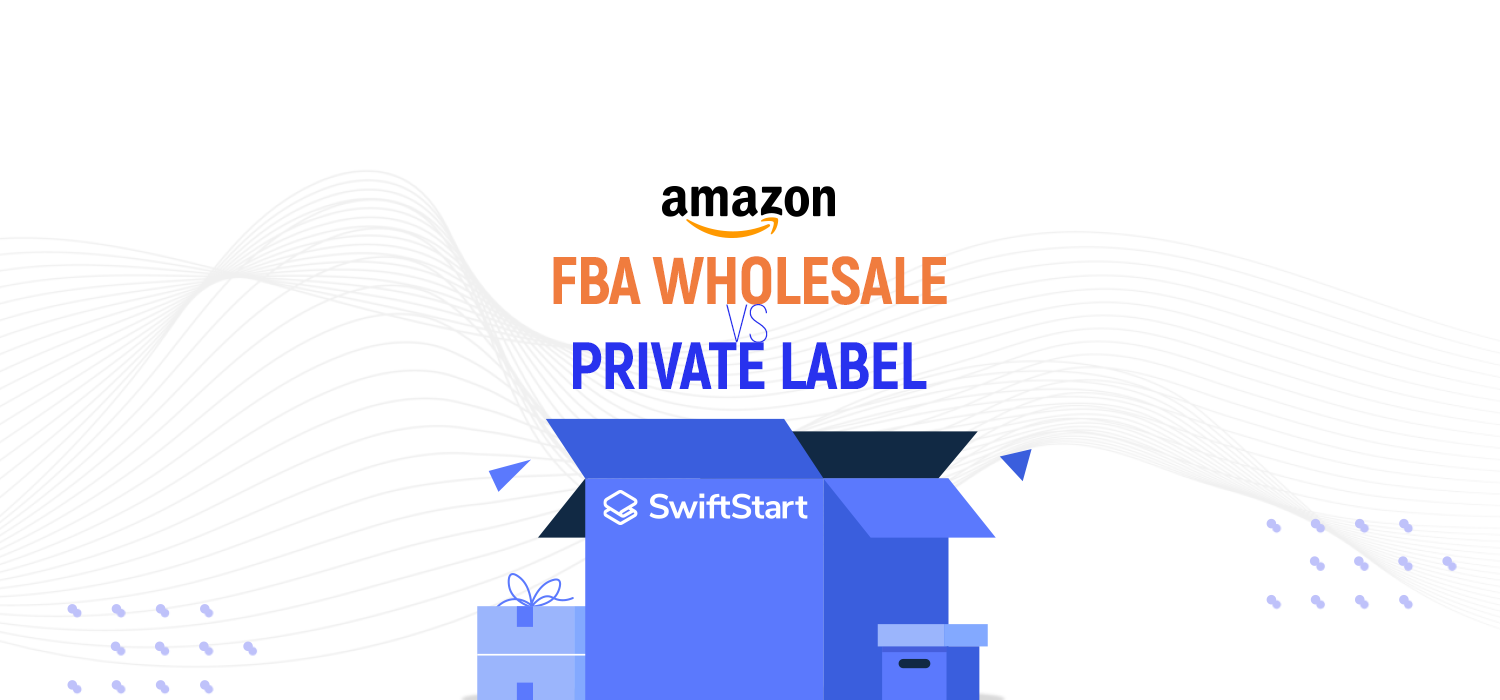)